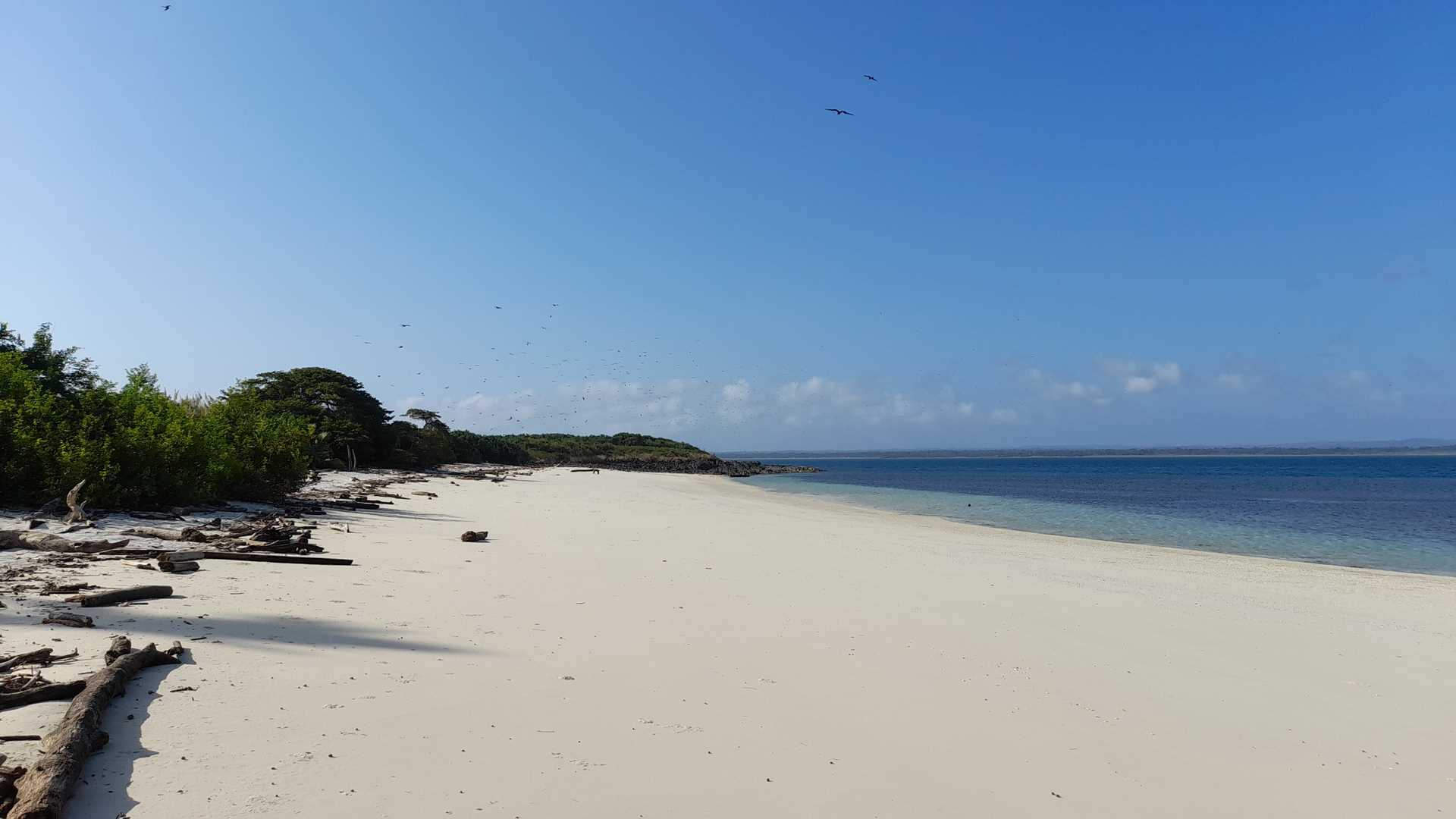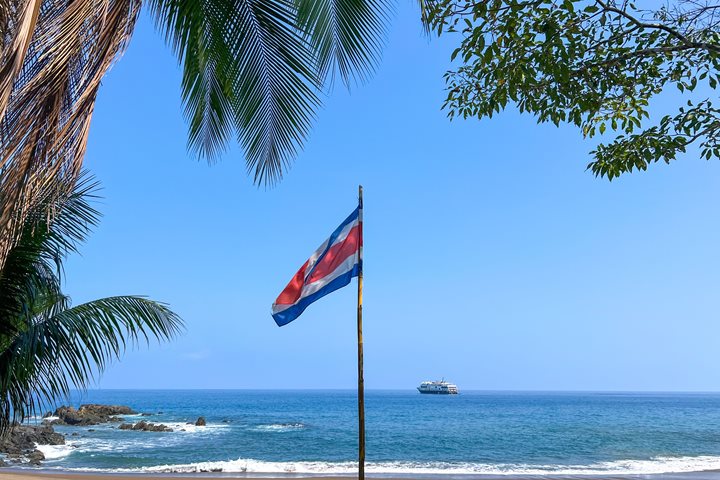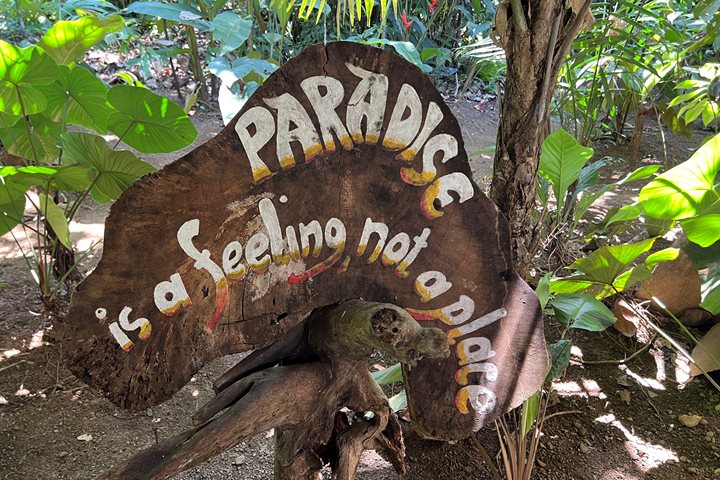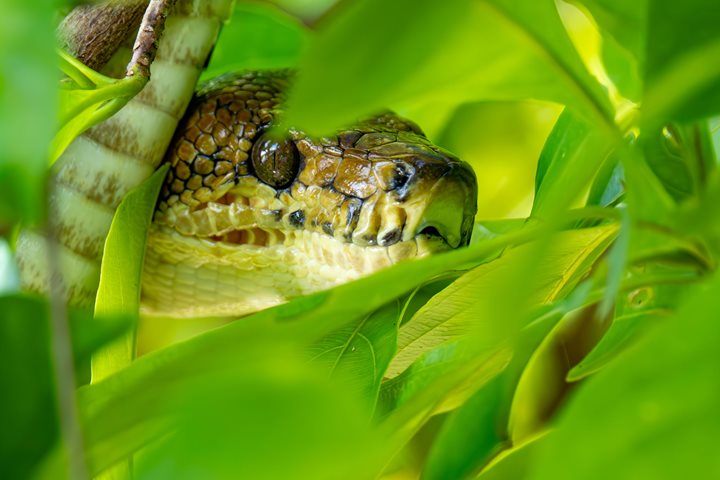Today’s adventure was full of lots of colors and great landscapes. We arrived at Iguana Island early in the morning. The island puts on quite a show for adults and children with beautiful corals, a white sand beach, and hundreds of frigatebirds.
We enjoyed a successful snorkel in clear, warm waters. The variety of fish blew our minds. We learned about the behaviors and adaptations of several species.
Some guests decided to take a walk and learn about the geology of Panama. They saw black spiny-tailed iguanas and mangrove yellow warblers. They enjoyed interpretations about the plants and insects shared by our guides.
Our day was incredible, even more so when a pod of pantropical spotted dolphins decided to bow ride with us for few kilometers. What a fun day!









